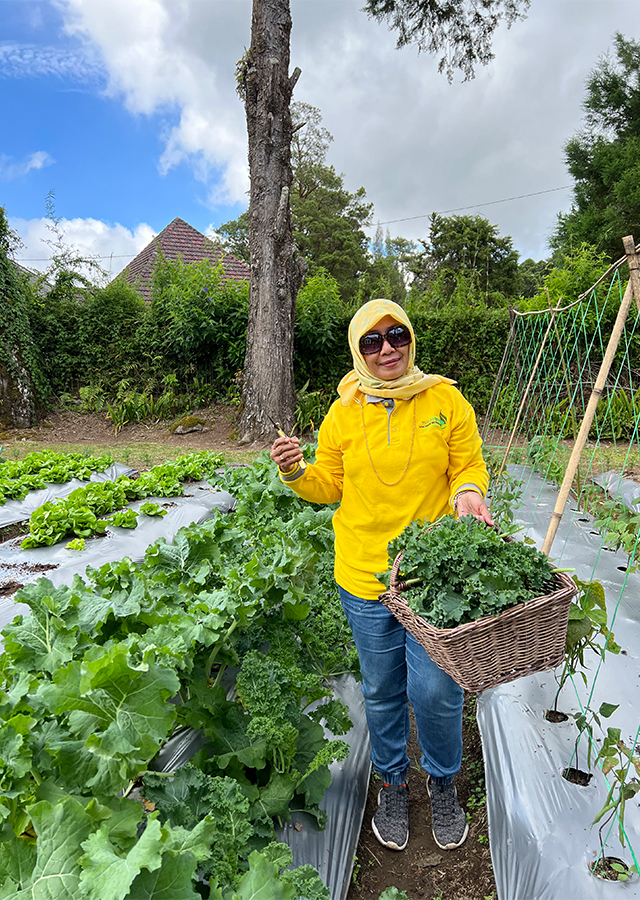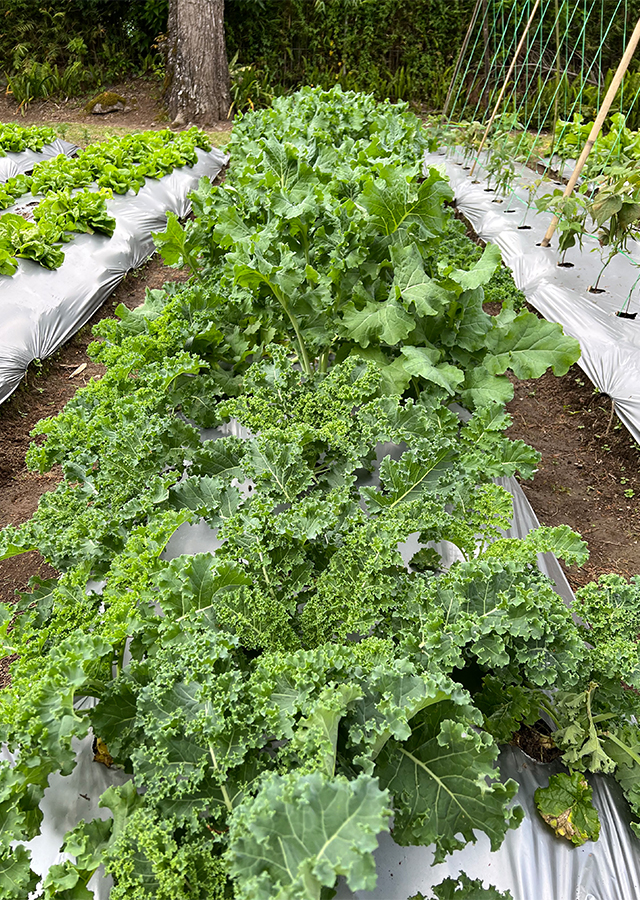Traditional Herbs from Brassica oleracea
lower_cholesterol
- Prepare 15 g of fresh kale leaves, then wash them thoroughly.
- Steam kale leaves until half cooked.
- Eat as a side dish.
- In fact, a study shows that steamed kale has the potential which is the same as cholestyramine, which is a drug that lowers high cholesterol.
increases_kadar_cholesterol_good_h_d_l
- Take enough fresh kale leaves, wash them thoroughly.
- Blender or puree kale leaves with a little water.
- Drinking kale juice every day for 12 weeks can increase good cholesterol (HDL) levels by almost 30% and reduce bad cholesterol (LDL) by 10%.
What is Brassica oleracea Looks like??



Parts of Brassica oleracea that could be used
- Leaf
Brassica oleracea Distribution
Kale is a type of vegetable from the cabbage family that originates from Central Asia. The wild form of kale has been widely distributed from its native range and is found on the coasts of Northern Europe and England. Kale is a popular vegetable crop and is widely cultivated for its leaves and flower buds in Atlantic Europe and the Mediterranean region. Where the leaves and young flowering shoots can be cooked or consumed in raw or cooked form. Kale is very suitable for processing into smoothies, juices and diet foods. This plant is rich in nutrients and is known as 'superfood' or 'queen of vegetables'. This plant has been widely used throughout the world in traditional medicine to prevent and treat various health disorders. Kale is also one of the vegetables that is often included in the list of healthiest foods. Kale has a very high content of vitamins, minerals and antioxidants. One serving of kale has more than four times the amount of vitamin C and more vitamin A than the same serving of spinach.Agroecology of Brassica oleracea
Kale can generally be found growing in highland areas. Its growth prefers areas with full sun. The degree of acidity (pH) of the soil desired by this plant is around 6 - 7. This plant also requires cool air temperatures, and cold environmental conditions will make the kale taste sweeter.
Morphology of Brassica oleracea
- Tap root with lots of fibers.
- Stem is not hard, upright, and light green.
- Rosette leaves are spirally arranged towards the top of the branch without a stem, thin, curly, lobed. The edges of the leaves are very much curved until resembling serrations. The color of the leaves and veins is green. The surface of the leaves is shiny. The texture of the leaves is crisp with a strong taste.
- The flowers are perfect, generally yellow and some are white.
- The fruit is a pod, long and slender. seeds.
- Seeds are round or elliptical, small, brown to blackish in color, smooth surface.
Cultivation of Brassica oleracea
Generative propagation using seeds.
Brassica oleracea, more details :
Chemical Content of Brassica oleraceaCarotenoids (lutein, beta-carotene), glucosinolates, phenolic compounds, ascorbic acid, folic acid.
Benefits of Brassica oleracea
Treating gastric ulcers, stabilizing high cholesterol levels, maintaining heart health, preventing diabetes, maintaining healthy hair and skin, treating hyperglycemia, rheumatism and liver disease. Has activity as an antioxidant, anticancer, anti-inflammatory, and protective effects on the cardiovascular and digestive tract.
Simplisia of Brassica oleracea
Another Facts for Brassica oleracea :
Synonym of Brassica oleraceaBrassica oleracea subsp. acephala (DC.) Metzg.
Habitus of Brassica oleracea
Herb. Herbaceous annual (annual) or 2-year (biennual), height between 20 - 30 cm
Habitat of Brassica oleracea
- Mainland
No comments:
Post a Comment